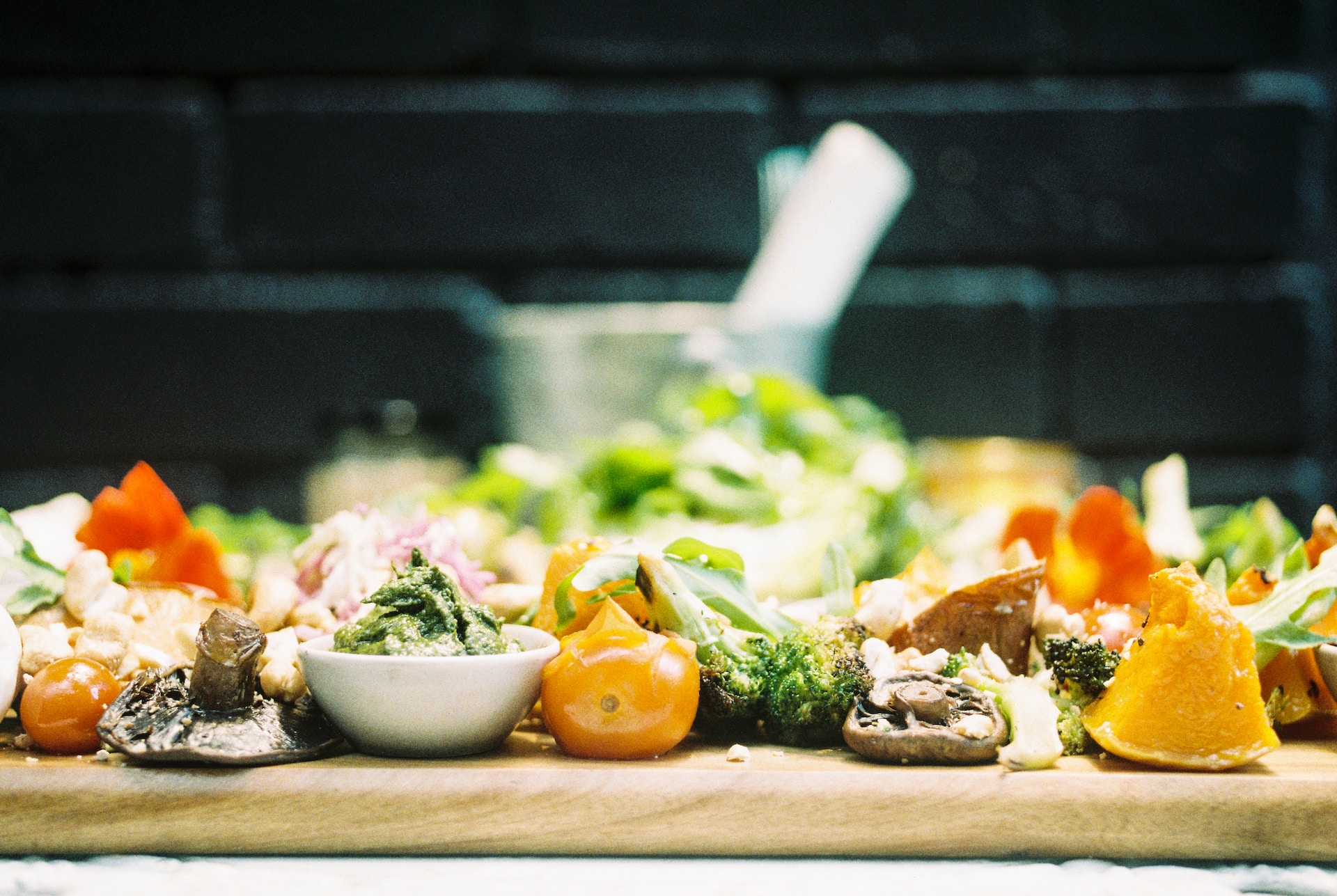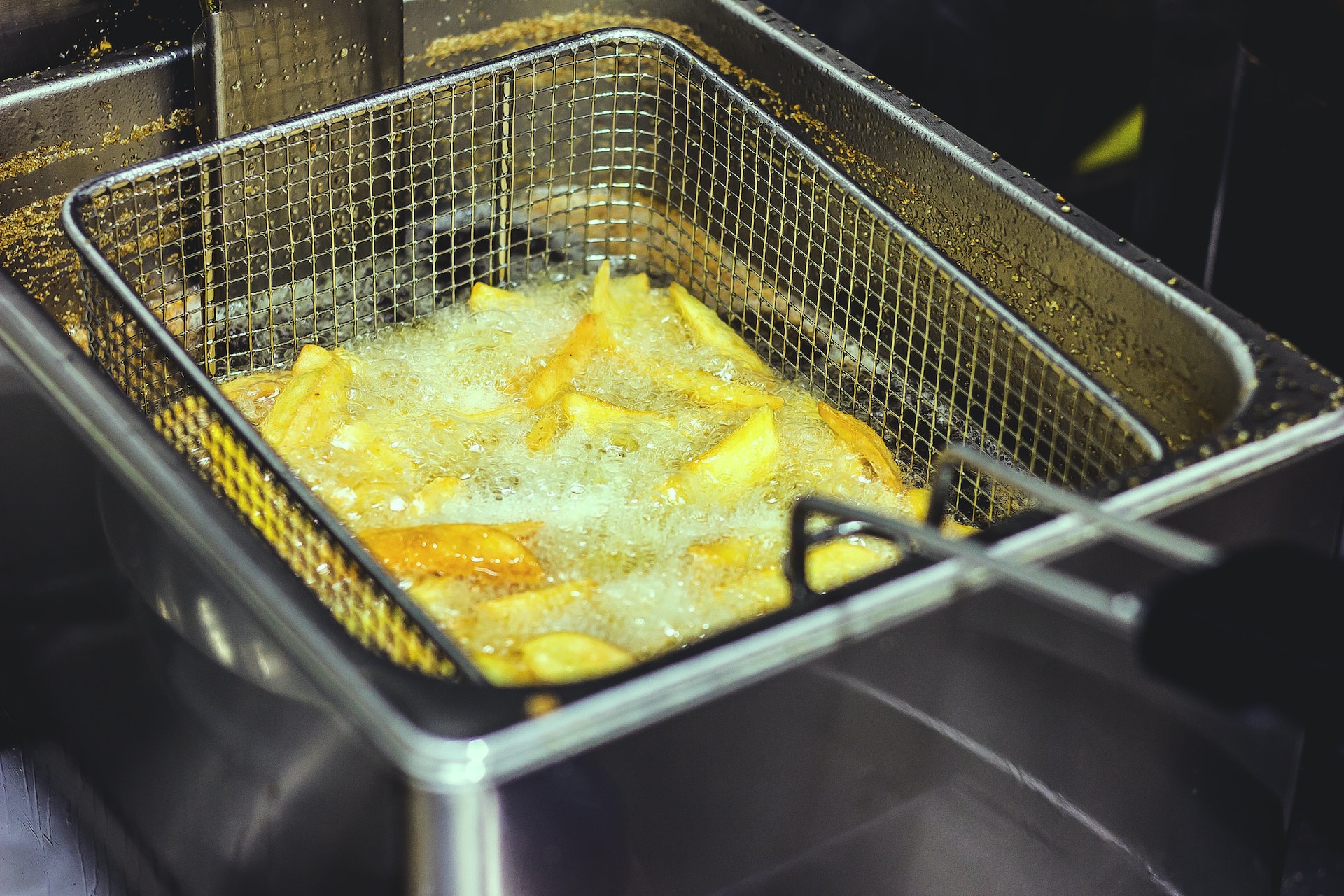Pasta is one of the most popular dishes served in restaurants all around the world. However, cooking pasta can take quite some time, which can be problematic for restaurants that need to serve dishes quickly. This is where the skill and techniques of restaurant chefs come into play. In this article, we will explore the secrets behind how restaurants cook pasta so fast.
When it comes to cooking pasta, it’s important to understand the basic cooking process. First, the pasta is boiled in a pot of water until it becomes soft and pliable. Next, it is drained and mixed with a sauce or served as is. Understanding this process is key to understanding how restaurants are able to cook pasta so quickly.
Here are a few key factors that contribute to this fast cooking time:
Water Temperature and Salt
Restaurants often use large pots of water that are brought to a rolling boil before adding the pasta. The high temperature of the water helps to cook the pasta more quickly. Additionally, salt is added to the water to enhance the flavor of the pasta and to help it cook faster.
Fresh Pasta
Many restaurants use fresh pasta, which cooks faster than dried pasta. This is because fresh pasta is softer and more delicate, so it only needs to be cooked for a short amount of time.
Pre-Cooking
Some restaurants pre-cook their pasta before they need it. This means that they boil the pasta until it is just shy of being fully cooked, and then shock it in cold water to stop the cooking process. When an order comes in, the pasta is quickly boiled again to finish cooking it.
High Heat
Cooking pasta on high heat helps to cook it faster. Restaurants often have high-powered stovetops or cooking equipment that allows them to cook pasta at a high temperature.
Timing
Restaurants are experts at timing their dishes so that they can be prepared and served quickly. This means that the pasta is often started cooking as soon as the order is placed, so that it is ready to serve by the time the rest of the dish is prepared.
By using these techniques, restaurants are able to cook pasta quickly and efficiently, without sacrificing flavor or texture.
Preparing the Pasta for Cooking
Preparing the pasta before cooking it is an essential step in ensuring that it cooks quickly and efficiently. Here are some common practices followed by restaurants:
- Use a large pot: Restaurants use large pots to cook pasta in. This allows the pasta to cook in a larger volume of water, which ensures that it doesn’t stick together.
- Add salt to the water: Adding salt to the water is a common practice when cooking pasta. The salt helps to flavor the pasta and also helps to prevent it from sticking together.
- Bring the water to a rolling boil: It’s important to bring the water to a rolling boil before adding the pasta. This ensures that the pasta cooks evenly.
- Use the right amount of water: Restaurants use the right amount of water to cook the pasta. The general rule is to use 4-6 quarts of water for every pound of pasta.
- Add the pasta: Once the water is boiling, the pasta is added. It’s important to stir the pasta immediately after adding it to the water to prevent it from sticking together.
- Cook the pasta for the right amount of time: Overcooking or undercooking pasta can ruin the texture and taste. Restaurants cook pasta for the appropriate amount of time based on the type of pasta and the desired texture.
- Drain the pasta: Once the pasta is cooked, it’s important to drain it quickly and efficiently. Restaurants use colanders or pasta strainers to drain the pasta, ensuring that all the water is removed.
Cooking Techniques
The following techniques help restaurants cook pasta quickly without compromising its quality:
- Using a large pot of boiling water:
Restaurants use a large pot of boiling water to cook pasta as it allows the pasta to cook evenly and quickly. The recommended ratio of pasta to water is 1:4, which means 1 pound of pasta requires 4 quarts of water. - Salted Water:
Restaurants add salt to the boiling water to enhance the pasta’s flavor. They use a generous amount of salt, around 1 to 2 tablespoons per quart of water. - Stirring the Pasta:
Once the pasta is added to the boiling water, restaurants stir it immediately to avoid clumping. Stirring the pasta helps it cook evenly. - Al dente:
Restaurants cook the pasta until it’s al dente, which means “to the tooth” in Italian. Al dente pasta is firm to the bite and not mushy. - Straining and Shocking:
After the pasta is cooked, restaurants strain it immediately and then “shock” it with cold water to stop the cooking process. This technique helps preserve the pasta’s texture and prevent it from overcooking. - Pasta Water:
Restaurants reserve some of the pasta water before draining it. The starchy pasta water can be added to the sauce to help thicken it and add flavor. - Saucing the Pasta:
Once the pasta is cooked and strained, it’s added to the sauce, which has already been prepared. The sauce and pasta are then tossed together until they’re evenly coated.
These cooking techniques allow restaurants to cook pasta quickly without sacrificing its quality.
Sauce Preparation
While pasta is cooking, restaurant chefs usually prepare the sauce. The type of sauce depends on the dish, and each sauce has a unique recipe, which includes a variety of ingredients and cooking techniques. Here are some common sauce preparation methods that can help restaurants cook pasta quickly:
- Preparing ingredients in advance:
Restaurant chefs often prepare ingredients like garlic, onions, tomatoes, herbs, and spices in advance. This helps them save time when cooking the sauce. - Using high heat:
Restaurants typically use high heat to cook the sauce quickly. High heat helps in reducing the sauce faster, which results in a thicker and more concentrated sauce. - Utilizing commercial-grade equipment:
Restaurants often use commercial-grade equipment like large sauté pans, deep fryers, and pasta cookers. These appliances are designed to handle large quantities of food, which makes it easier for chefs to cook pasta quickly and efficiently. - Using pre-made sauce bases:
Some restaurants use pre-made sauce bases to save time. These bases come in a variety of flavors and can be customized to the restaurant’s liking by adding additional ingredients or spices. - Cooking the sauce in the same pot as the pasta:
Another technique used by restaurants to save time is to cook the sauce in the same pot as the pasta. This technique helps to infuse the sauce with the flavors of the pasta and also saves time and effort in cleaning multiple pots and pans.
Overall, the sauce preparation process is a crucial factor in how quickly restaurants can cook pasta dishes. By using time-saving techniques and commercial-grade equipment, restaurants can prepare delicious pasta dishes in a short amount of time.
Equipment and Tools
Restaurants typically use specialized equipment and tools to cook pasta quickly and efficiently. Here are some of the tools and equipment commonly used in restaurant kitchens:
- Pasta Cooker:
A pasta cooker is a specialized pot that allows restaurants to cook large batches of pasta in a short amount of time. These cookers come with baskets or inserts that can be lifted out of the boiling water, making it easy to drain the pasta quickly.
- High-Output Burners:
Most restaurant kitchens use high-output burners that are specifically designed for cooking large volumes of food quickly. These burners can heat up pans and pots rapidly, allowing chefs to cook pasta in just a few minutes.
- Tongs:
Tongs are essential tools for any pasta cook. They are used to lift and toss the pasta in the pot, ensuring that it cooks evenly and doesn’t stick together.
- Colander:
A colander is used to strain the cooked pasta and remove any excess water. Restaurants typically have large colanders that can accommodate large batches of pasta at once.
- Pasta Fork:
A pasta fork is a long, thin fork that is used to lift and portion out the cooked pasta. These forks have sharp, pointed tines that can easily penetrate the pasta, allowing chefs to quickly and efficiently plate each dish.
By using specialized equipment and tools, restaurants are able to cook large quantities of pasta quickly and efficiently, ensuring that each dish is cooked to perfection and served hot and fresh to customers.
Conclusion
In conclusion, cooking pasta quickly and efficiently in a restaurant setting requires a combination of various factors, including understanding the cooking process, using the right equipment and tools, employing proper cooking techniques, and preparing the sauce in advance. By following these steps, restaurants can ensure that they can serve their customers fresh and delicious pasta dishes in a timely manner. It’s important to note that while speed is essential in a restaurant, quality should never be compromised. By using the right methods, restaurants can deliver fast and quality dishes to their customers.




